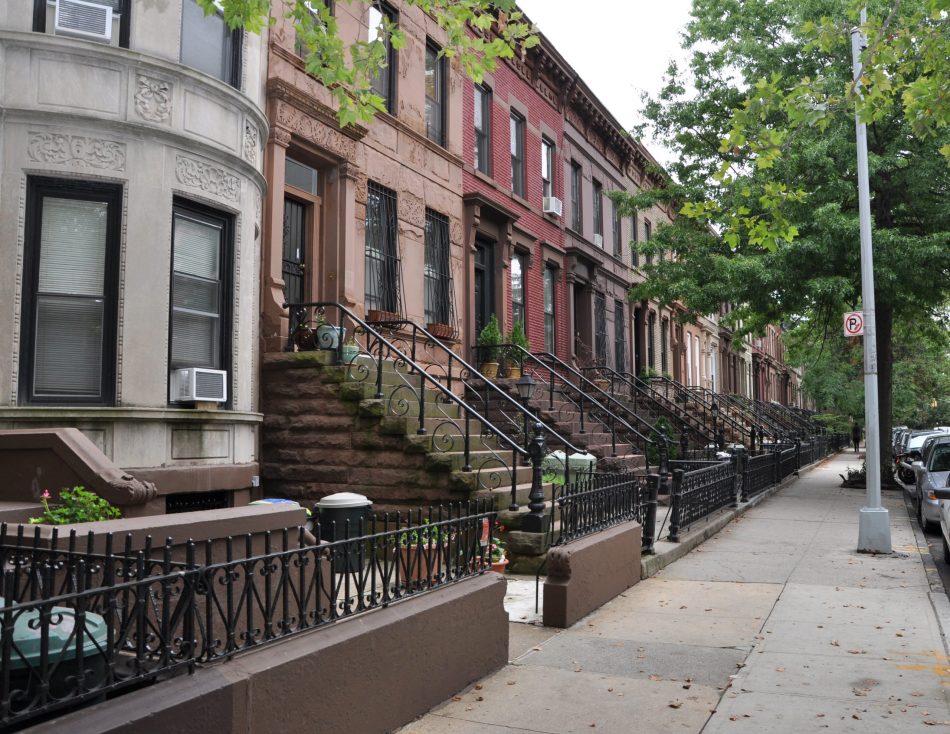As summer heatwaves converge with a surging pandemic and an impending economic collapse, energy-efficient homes are becoming particularly critical to Americans’ well-being. Millions now face tough choices when it comes to energy usage: The longer they stay home to stay safe from both scorching heat and COVID-19, the higher their utility bills climb. New York’s state government, for its part, is eyeing a long-term solution to this conundrum.
The New York State Energy Research and Development Authority is collaborating with the region’s investor-owned utilities to provide clean and energy-efficient solutions to more than 350,000 low-to-moderate income households throughout the state. The collaboration aims to more than double the number of lower-income households that have access to services like voluntary electric load reduction, as well as better insulation and air sealing for more efficient cooling and heating, according to an announcement from Governor Andrew Cuomo’s office last week.
The initiative will also provide education and community support programs to connect these upgrades to the households most in need. In total, the statewide plan will invest $1 billion through 2025. Half of that total will be used to “improve energy efficiency in affordable multifamily buildings,” and more than $300 million has been reserved to “reduce energy burdens by increasing access to energy efficiency for LMI [low and moderate income] homeowners and renters,” according to the governor’s statement.
To ensure the long term success of the program, $45 million has been allocated for “community-level engagement and capacity building with community-based organizations.” The initiative complements other efforts across the state to blunt the impact of high utility costs. In May, New York City announced that it had allocated $70 million to assist residents with their utility bills and also agreed to give out 74,000 free air conditioning units to the city’s low-income seniors.
However, energy efficiency updates would provide longer term solutions for families that are burdened by rising utility bills, extreme summer heat, and an inability to safely access public spaces during a pandemic. They will also help the Empire State meet its 2050 target of net-zero greenhouse gas emissions.











